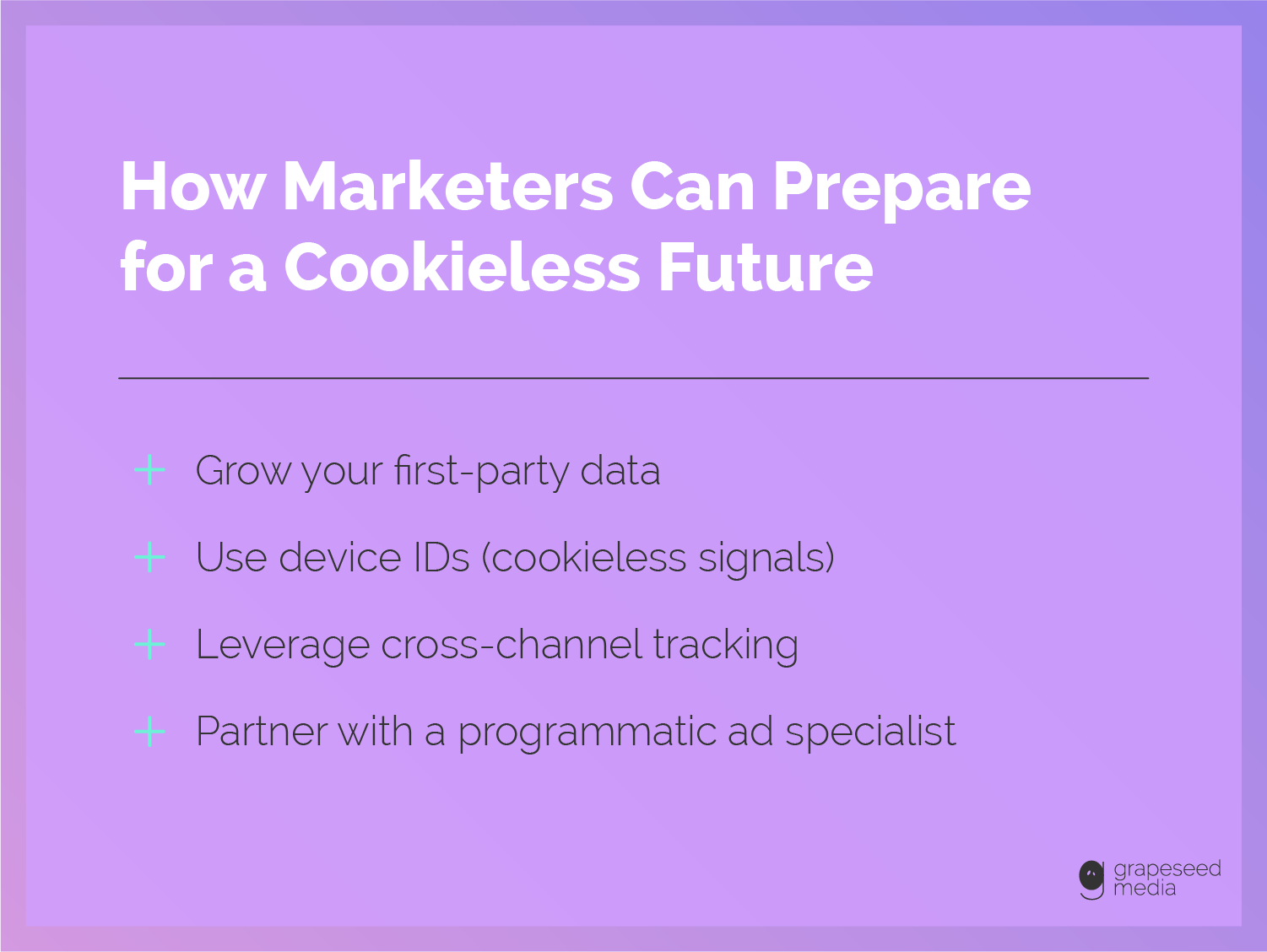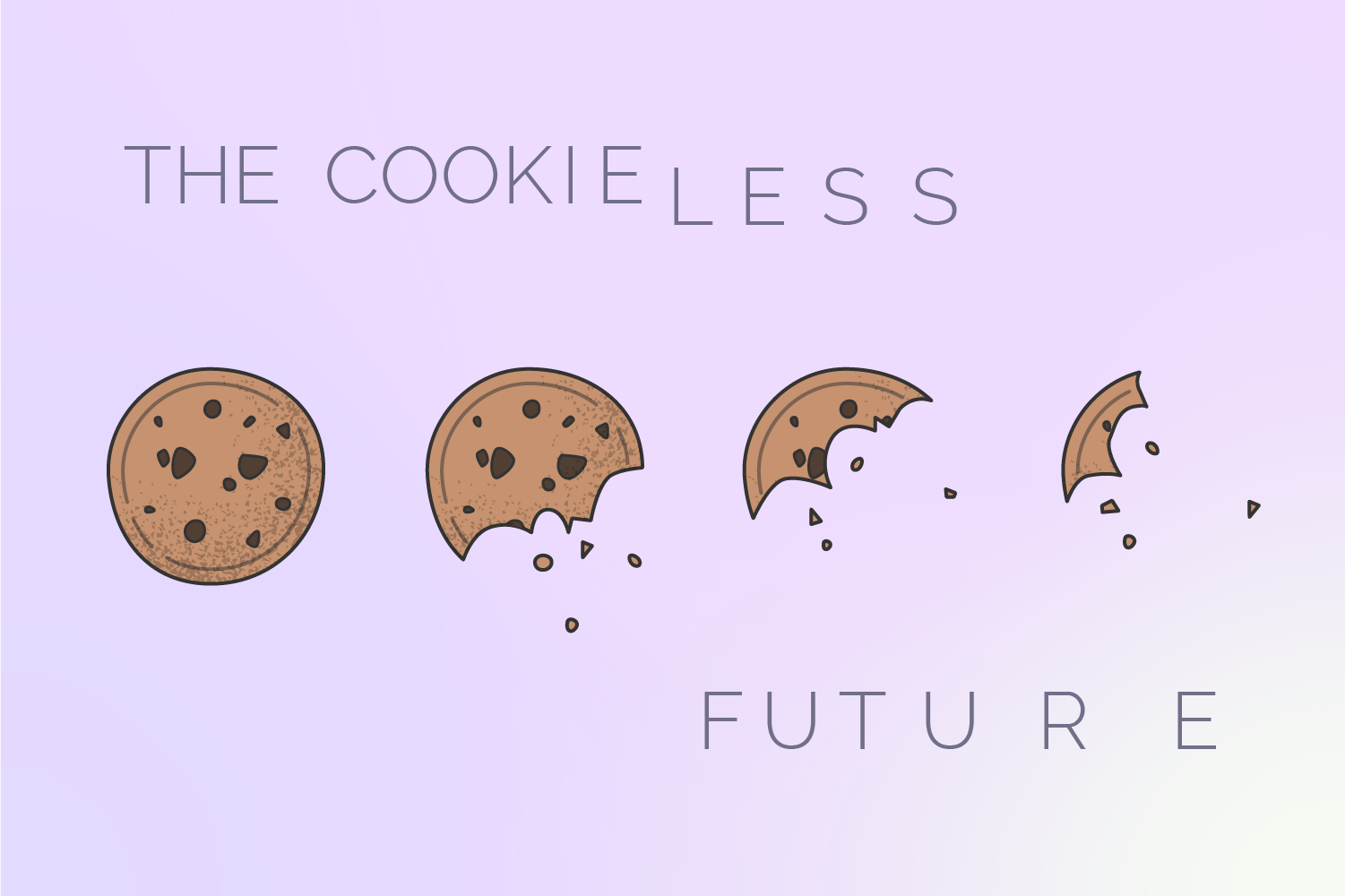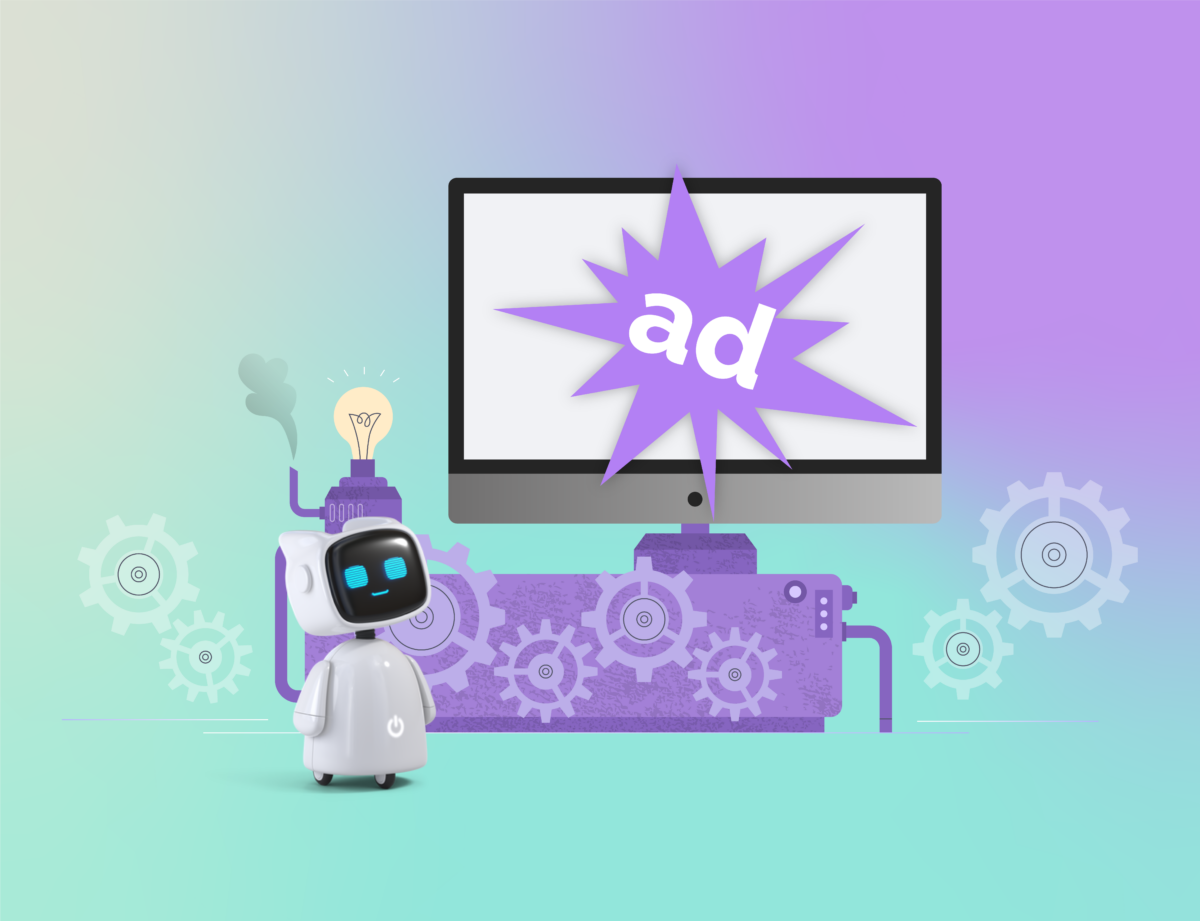Google announced that they will be delaying their planned removal of third party cookies from Chrome until 2024. Still, consumers are demaning greater privacy and the cookie will, eventually, crumble. What will this mean for marketers and how can you prepare? This post will walk you through how to get ready for these changes (and explain why you don’t need to panic!).
What do we mean by a cookieless future?
Cookies have been around since the beginning of the web. Browsers use cookies to make the surfing experience more convenient. When we say ‘cookieless future’, we’re referring to Chome’s upcoming removal of third-party cookies as opposed to first-party cookies. Let’s distinguish between the two.
First party cookies store a tiny amount of data to make websites more personalized – like auto-fill information in form fields. In advertising, cookies are used to track and identify users around a website and around the web. First-party cookie collection will still be allowed amidst the Google changes.
Third-party cookies are dropped by domains that are different to the one a user is currently visiting. They are used for behavioral advertising and retargeting ads. These will be phased out by Chrome in 2023.
Cookies are fundamental to the value exchange of an ad-funded internet. By using third-party data cookies, ad tech companies can identify users based on their behaviors and thereby deliver relevant ads according to the behaviors of the consumer.
Now the big question is, in a cookieless world, how can digital advertising still achieve the same levels of relevancy?
What does a cookieless future mean for advertisers?
Currently, third-party cookies are used to allow advertising activities like personalization, audience targeting and tracking & measurement.
Personalization and audience targeting: audience data, via third-party cookies, is used to serve users personalised ads at different times. For example, showing one user one type of phone to buy compared to another user or audience segment.
Tracking and measurement: cookies allow us to track when a user clicks an ad and then goes onto a brand’s website. This helps marketers easily track conversions and KPIs.
Advertisers will have to adapt their approaches to navigate the absence of personalised targeting and tracking with the changes.
What are the advantages of a cookieless future?
More robust and reliable tech for advertisers will need to develop
A cookieless future presents an opportunity to build a better foundation for digital ads. Cookies present lots of challenges! Firstly, they’re not transparent; users don’t easily know which information is being shared about them and how it’s being used. Secondly, cookies represent devices and not humans so this means data can show duplicate impressions.
More privacy and control for users
Users are demanding transparency about the way websites and companies are collecting customer data. Consumers need to have the choice of consenting to the data collection and advertising needs to protect consumer data. This is an opportunity for all marketers and advertisers to adapt and respect user privacy.

What steps can marketers take to prepare for a cookieless future?
Grow your first-party data
Collection of first-party data will still be allowed so you can use this time to diversify how you collect first-party data. For example, running digital marketing campaigns with landing pages where you collect demographic information or capture data from cross-channel advertising strategies.
Use device IDs (cookieless signals)
Use data from mobile devices to create new targeting strategies. For example, someone with the latest iPhone will likely have different interests to someone with an old Samsung Galaxy. What can you infer from these data signals from devices to inform your ad strategies?
Cookies only exist in a web environment and so data on channels like apps and CTV won’t be easily tracked in a cross-channel environment. You can use diverse programmatic ad channels to still track audiences through different channels outside Google.
How can Grapeseed help advertisers prepare?
In response to Google’s phasing out of the cookie, Grapeseed Media along with our tech partners have been at the forefront of adapting to the new privacy-focused online world.
Below are a few of the important things of note and changes that Grapeseed Media has already taken to comply with the above as well as a few solutions that are currently being tested and will roll-out in the coming months:
First and foremost, our preferred audience data partners are those that were built from the ground up who don’t use cookies to target (as available cookie targeting has been declining for years), but instead use a combination of IP matching and first and second party opt-in profiles
Where applicable, we will be operating and taking advantage of the Unified Open ID 2.0 framework which is built on hashed email address as opposed to cookies, and is rapidly being adopted by leading publishers, ad exchanges, and demand-side-platforms
Using Google’s Privacy Sandbox for audience targeting and attribution which uses a combination of first party data (publisher owned) and cohort targeting (unique individuals are not identified, instead they belong to interest groups).
The most important thing to note is that Grapeseed Media’s footprint is 3.5 BN users (bigger than Facebook and YouTube). 11.5 million ad opportunities are evaluated every second: 790 billion ad opportunities per day with the ability to reach over 819 million users’ devices. Any resulting impact from tech providers or government agencies will be negligible to our overall capabilities.
In summary… the cookieless future is not so bad
Cookies have never been a robust foundation so it’s an exciting opportunity for the advertising industry to collectively work harder to serve targeted ads in line with consumer privacy. Be prepared by taking steps now. Through growing your first-party data, making the most out of cross-channel tracking and being open to trying new tactics, you can work through this period of digital transformation
Working with a strategic partner like Grapeseed Media can you help navigate this period of uncertainty with confidence. If you are a marketer and need help and guidance on how to deal with the changes around cookies, get in touch with the Grapeseed team today!




